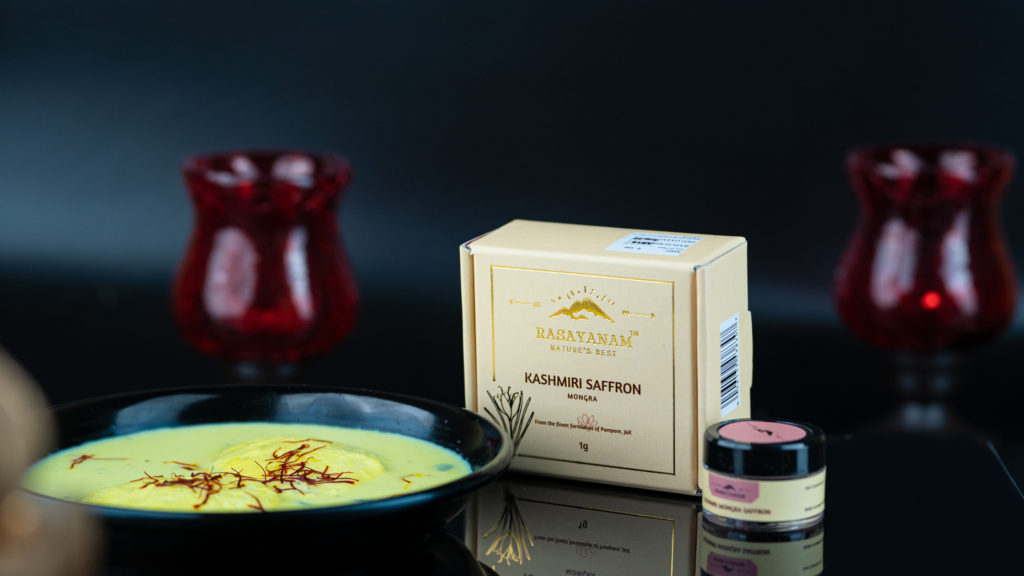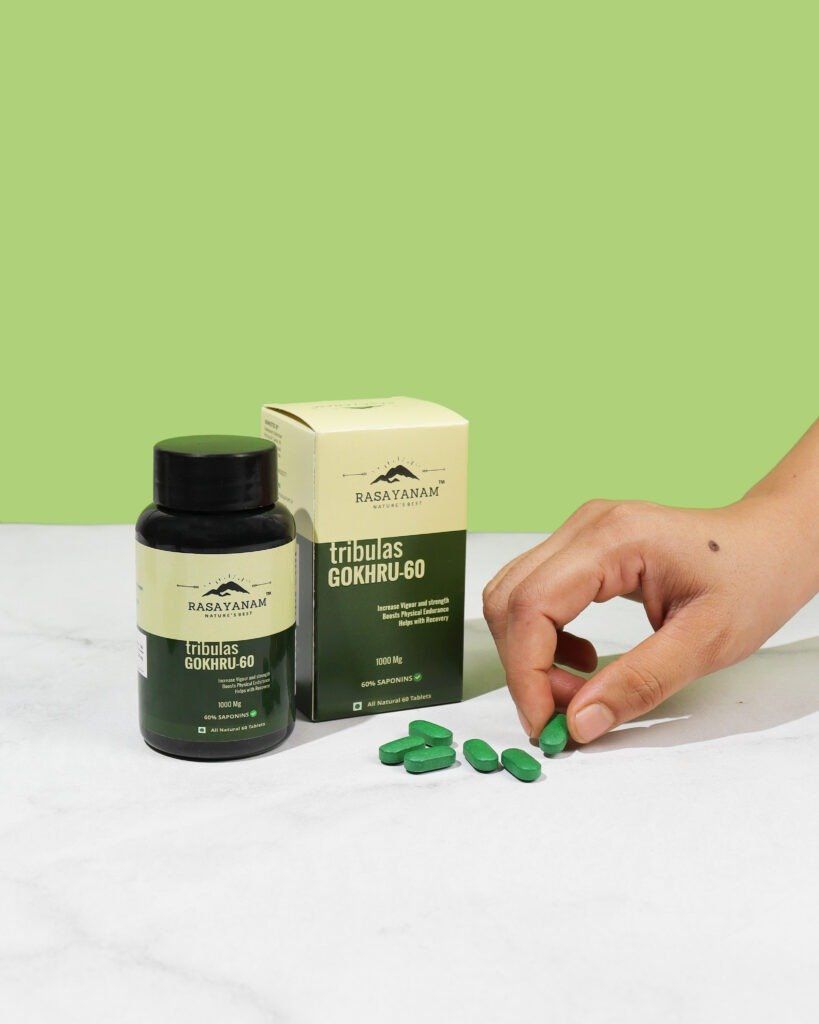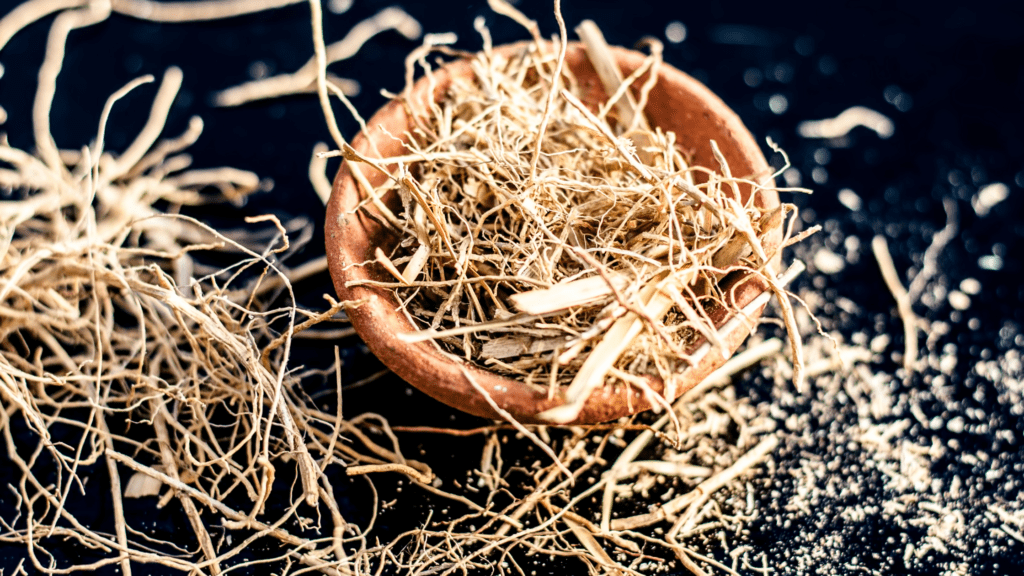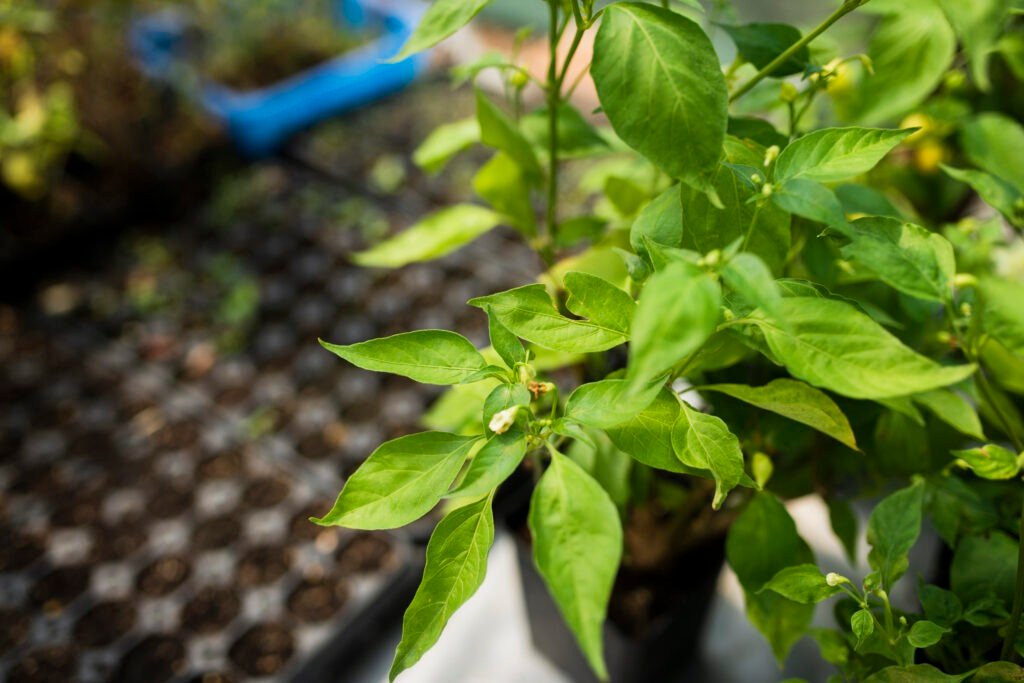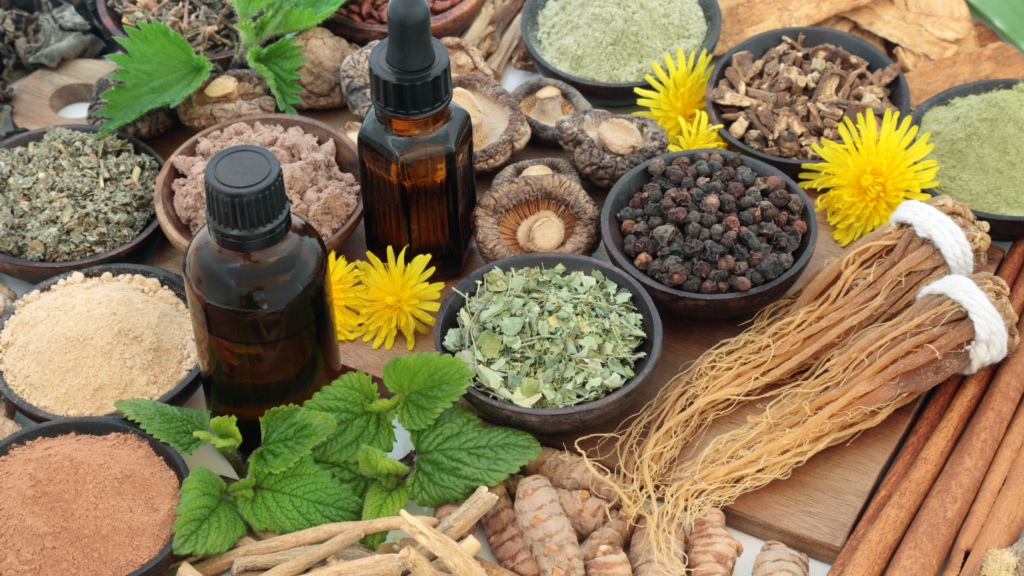Importance of Saffron in Diwali Festival: A Priceless Treasure
As the festival of Diwali 2024 approaches, people are busy cleaning their houses, decorating them, and preparing sweets. This festival is special because it is not only a symbol of lights but also happiness, prosperity, and good health. Every dish and sweet made during Diwali has a special spice that enhances the sweetness and religious significance of this festival—that is saffron (kesar spice).
Saffron’s importance is not limited to its taste. Its religious, cultural and medicinal properties make it even more special. Rasayanam Saffron is considered the highest quality and plays an important role in making your festival even more special this Diwali.
Story of Diwali and the Importance of Saffron
The festival of Diwali marks the return of Lord Rama to Ayodhya after the won against Ravana and established Dharma and Satya on earth. When Lord Rama returned to Ayodhya after 14 years of exile, lamps were lit to welcome him. This story tells us how good triumphs over evil, and the lighting of every lamp symbolizes this victory.
But do you know why saffron is used in Diwali sweets and dishes? It is believed that saffron is the favorite spice of the Gods. Due to its golden color and sweet aroma, it is considered a symbol of purity and prosperity. This is why saffron is used during Diwali in sweets and puja. Saffron spice enhances wealth, health, and prosperity, making this festival even more special.
Health Benefits of Saffron
Saffron is not only a spice used during festivals, but it is also very beneficial for health. It has many medicinal properties that make it special. Let’s know some important health benefits of Rasayanam saffron:
- Relief from stress and anxiety: Saffron contains elements that help reduce mental stress and anxiety. During Diwali, women of the house often feel stressed about cleaning the house. Due to this, women avoid paying attention to their health. Consuming saffron can help maintain your mental peace during festivals.
- Beneficial for skin: Saffron has been used since ancient times to enhance and brighten the skin. The antioxidants in Kesar spice revitalize your skin and give it a natural glow.
- Beneficial for the heart: Consumption of saffron improves heart health and improves blood circulation. It reduces the chances of heart attack and other heart diseases.
- Boost memory: Crocin and crocetin elements in Rasayanam saffron help improve brain function. Saffron is considered beneficial for children and the elderly.
- Relief from respiratory problems: Consumption of Kesar spice is extremely beneficial when you have asthma, a cold or a cough. It increases the functioning of the lungs and strengthens the respiratory system.
The Speciality of Rasayanam Saffron
When it comes to high-quality saffron, Rasayanam Saffron comes to the forefront. Its excellent properties and purity make it different from other saffron available in the market. Rasayanam saffron is famous for its natural taste, color and aroma. Every thread of it is a symbol of purity and is prepared with special techniques so that its medicinal properties remain intact.
Rasayanam saffron can be used in sweets for your health. It can be used in milk, sweets, tea, and even face packs. Apart from this, its regular consumption energizes your body and increases your immunity.
Use of Saffron in Diwali 2024
On this auspicious occasion of Diwali 2024, if you want to give something special to your family and guests, then saffron can be the best option for you. The purity and quality of Rasayanam Saffron will add a new dimension to your Diwali dishes and sweets. Be it Kesar ki Kheer, Kesar Laddoo or sweets infused with saffron — its use will touch everyone’s heart.
Saffron Rate and Price
Although the Kesar Rate is often high, with Rasayanam Saffron you get pure, high-quality saffron at the right price. Its quality is better than other saffron available in the market and its health benefits are also manifold. On this occasion of Diwali 2024, include Rasayanam Saffron in your life and make your festival even more prosperous.
Conclusion
The festival of Diwali is a symbol of lights, sweets, prosperity, health and happiness. This Diwali 2024, you can make your festival even more special by using Rasayanam Saffron. Saffron spice will make your food delicious and improve your health. The religious and medicinal properties of saffron make it special for Diwali, and using it will open the doors of happiness and prosperity for your family.
This Diwali, opt for Rasayanam saffron and welcome purity and prosperity in your life.
FAQs on Diwali and Saffron
What is the significance of saffron in the Diwali festival?
Saffron is used in sweets and dishes during Diwali as a symbol of purity, prosperity, and good health. Saffron spice enhances wealth and prosperity.
What is special about Rasayanam Saffron?
Rasayanam Saffron is known for its purity, natural aroma, and excellent quality. It is better than other saffron and is prepared using special techniques to retain its medicinal properties.
What are the health benefits of saffron?
Saffron reduces mental stress, brightens the skin, improves heart health, and relieves respiratory problems. Kesar spice boosts brain function and strengthens immunity.
How to use saffron in Diwali 2024?
This Diwali 2024, you can use saffron in sweets like kheer, laddu, and other dishes. The purity and quality of Rasayanam saffron will enhance your dishes and add sweetness to the festival.

